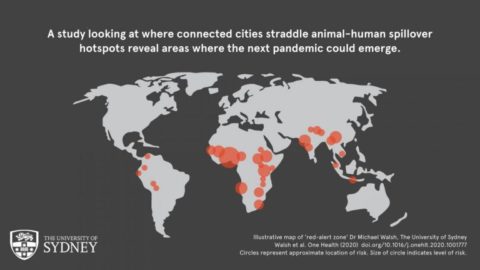TL:DR – An antiviral drug called ensitrelvir could cut the time a person tests positive when they have COVID-19 by about a day. There is a controversial suggestion that it might also reduce the risk of developing long-covid.
An antiviral drug developed by Shionogi in partnership with Hokkaido University is an orally active 3C-like protease inhibitor, which can shorten the time between first testing positive after infection with SARS-CoV-2 and getting a negative test. Early signs are that it may well reduce the risk of developing long-covid, although that data is yet to be peer reviewed. There are some scientists sceptical of the claim having heared the results presented at the Conference on Retroviruses and Opportunistic Infections in Seattle, Washington, USA, in February. They suggest that more work in clinical trials is needed before the claim can be accepted. Mariana Lenharo has all the details in Nature.
Long-covid is also known as long-haul COVID, post-COVID-19 syndrome, post-COVID-19 condition, post-acute sequelae of COVID-19 (PASC), or chronic COVID syndrome (CCS). The term describes the long-term symptoms and effect on various body systems and organs following infection with SARS-CoV-2.
Currently, there are two orally active antivirals for treating COVID-19, Paxlovid (nirmatrelvir/ritonavir) and molnupiravir. The antiviral ensitrelvir has the brand name Xocova.
The controversy surrounding whether or not ensitrelvir can reduce the risk of a person developing long-covid is about whether or not the trials and the definitions offered by Shionogi on this point are valid. There had previously been a more general suggestion that shortening the time that a person tests positive for COVID-19 could be beneficial. That said, there is evidence that even those who only have mild symptoms of COVID-19 can still develop long-covid. It could be that long-covid is a side effect of the body’s immune response to infection rather than being due to residual virus. There is much we are yet to learn about this virus.


